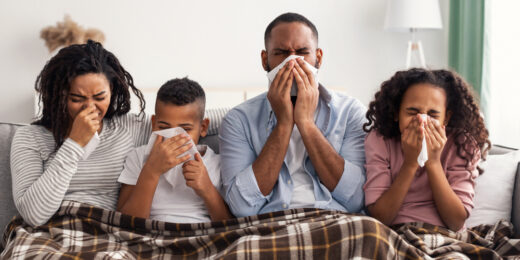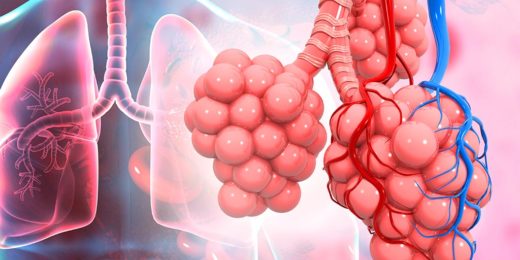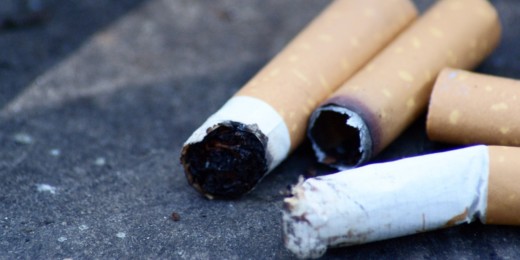An Ask Me Anything Q&A with Stanford Medicine's Sharon Chinthrahjah, and expert on all things allergy-related.
Category: Asthma
Sick of being sick? As respiratory viruses roar back, experts offer guidance
Nationwide, the percentage of health care visits for flulike symptoms ticked up above the baseline at the start of November and has remained elevated ever since, according to the Centers for Disease Control and Prevention.
Heartbeats and Hiccups: Education for a sustainable future
A Stanford Medicine medical student and anesthesiologist discuss how to prepare physicians in the face of climate change.
Climate change impact may affect kids more severely
Researchers discuss the impact of climate change on children and suggest its impact on their health might be more severe, compared to adults.
COVID-19 adds urgency to synthetic film that aids breathing
The COVID-19 pandemic gives new relevance to a synthetic substance developed by Stanford researchers that could help respiratory patients breathe easier.
Breathing: A reflection on living with asthma
In an excerpt from a piece that originally appeared in Months to Years, writer Dawn Newton looks back on a childhood with severe asthma.
Food allergies more widespread in adults than previously suspected, new study finds
About 31 million U.S. adults have food allergies, nearly half of which develop after age 18, findings that surprised food allergy experts.
Global Climate Action Summit: A focus on kids and climate
At the Global Climate Action Summit recently, Stanford researchers emphasized the importance of the effects of climate change on children's health.
Third-hand smoke increases asthma severity in mice
Exposure to 'third-hand smoke' — that is, the chemicals left behind on household surfaces after smoke has dissipated — increases the severity of asthma symptoms in mice. Stanford researchers are working to learn how this happens, and whether it might be possible to protect people with asthma from this exposure.
Stanford team tests sleep monitoring for asthma patients
Ask a child with asthma how easily he or she can breathe, and you won’t get an objective answer. But where Q&A fails, technology can take over, according to a team of Stanford researchers who are developing a way to predict asthma attacks in advance.











